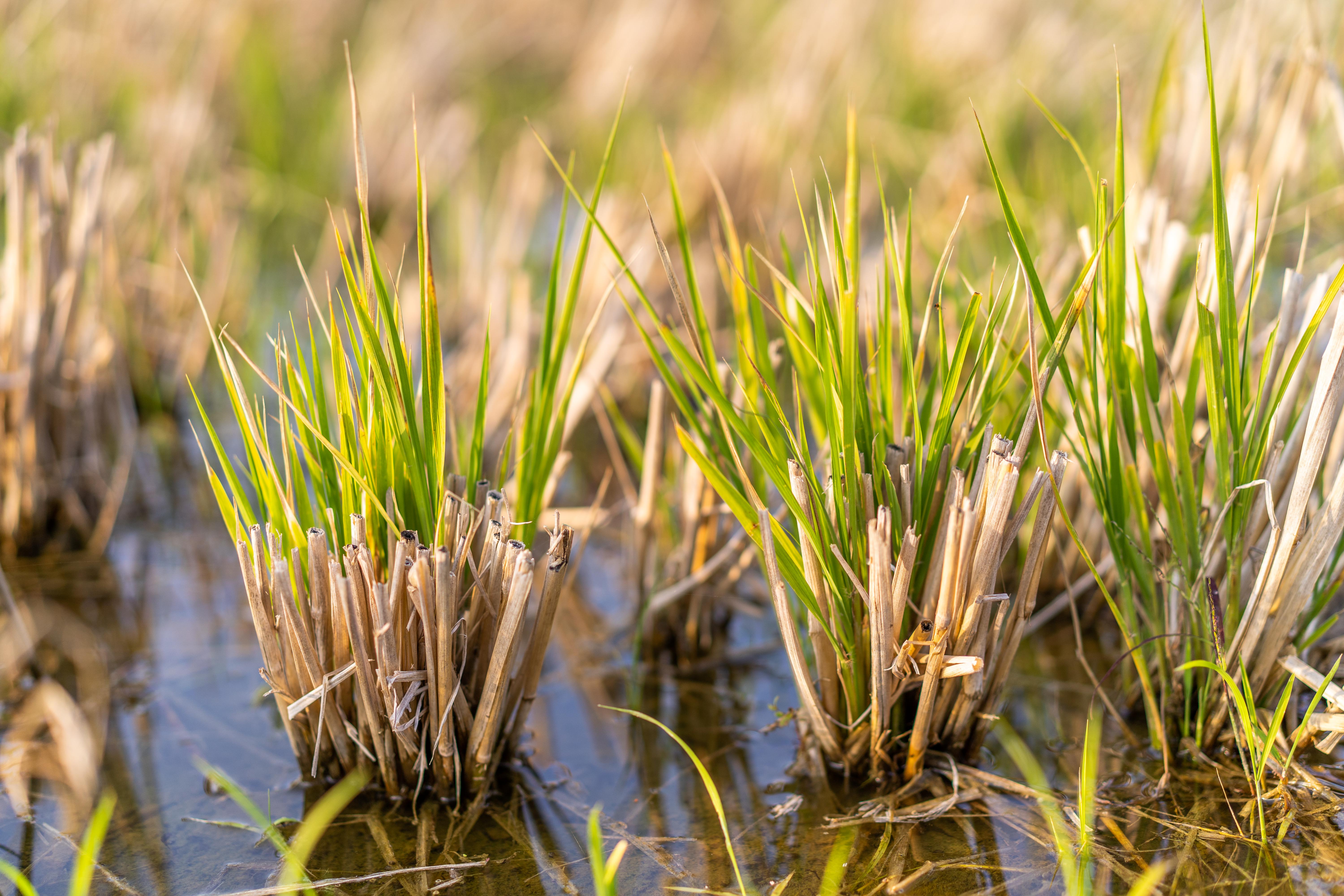Rice.
A versatile cereal grain thrown at weddings for prosperity, put in salt-shakers to absorb moisture, an abrasive cleanser, and a staple food for half of the world’s population, with 90% of cultivation taking place in Asia.
Archaeological findings in China show that rice cultivation dates back more than 12,000 years, yet it is only through the genomic sequencing revolution of the past 20 years that mankind has come to know more about rice than in all those earlier centuries.
On April 5, 2002 Science published ‘A Draft Sequence of the Rice Genome’ (Oryza sativa L. ssp Indica). This landmark paper was the culmination of nearly two years work by BGI scientists to sequence the indica strain of rice, grown most widely in China and S.E. Asia.
 April 2002, Science published a paper titled A Draft Sequence of the Rice Genome (Oryza sativa L. ssp. indica) as a cover article
April 2002, Science published a paper titled A Draft Sequence of the Rice Genome (Oryza sativa L. ssp. indica) as a cover article
More than 90% of the total DNA was sequenced using ‘whole shotgun’ sequencing to blast the genome into 100,000 smaller pieces which could be reassembled by computer. The scientists estimated that the indica genome has between 46,022 – 55,615 genes – more genes than humans have.
For BGI scientists this was their first major independently completed sequencing project and built on the expertise gained as part of the consortium of scientists who completed the Human Genome Project. Sequencing the rice genome was a remarkable accomplishment that would be a forerunner for the decades of genomic research to follow. It caught the attention of the scientific world as BGI was able to complete this ahead of scientists from other countries.
 BGI sequencers work on the genome research project of indica strain of rice
BGI sequencers work on the genome research project of indica strain of rice
Subsequent research by BGI traced the genomic variation in 3,010 diverse accessions of Asian cultivated rice and the domestication history of rice at a gene-wide level, and identified genetic variation data that could be agronomically important.
By sequencing the rice genome scientists have been able to discover new ways of improving the quality of rice seeds, making rice more resistant to disease, providing new strains with higher yields, and importantly improving food security for countries where rice plays a critical role in food supply.
Two examples of innovations emerging from genomic research are seawater rice and perennial rice.
Traditionally, rice cannot grow on saline land as the salt makes it difficult for the rice to absorb water. And when it does grow, it produces yields too low to be farmed sustainably. Through understanding rice genetics scientists have been able to over-express a gene from selected wild rice that is more resistant to saline and cross-breed it with a high-yield rice.
This ‘seawater rice’ is being grown in test fields in Tianjin that have yielded 9.3 tonnes per hectare, higher than the average for standard rice varieties. By expanding these test fields into full production in more areas it will be possible to increase rice production significantly and support greater food security.
Multi-omics research by BGI-Research is also helping to produce perennial rice by crossing different strains of rice to create a breed that can self-germinate and be harvested continuously for three to five years, with a yield of over 14 tonnes per hectare. This is a perennial food crop that can be used commercially.
 Perennial rice plant
Perennial rice plant
After harvesting there is no need to re-plough and transplant rice seedlings, greatly reducing production costs, while large-scale planting promises to improve crop production.
In addition to these examples, rice seeds have also traveled to space. After exposure to cosmic radiation and zero gravity, scientists have found that the seeds can change and produce higher yields when planted back on earth.
So, next time you are eating rice spare a thought not only for the history you are enjoying, but also the tremendous scientific achievements of the past two decades that have helped transform rice production, brought new opportunities for the development of new strains that can survive in extreme conditions, and offer countries the prospect of better food security and less reliance on imports.
BGI is proud to have played an important role in all these developments, from the initial sequencing 20 years ago to the ground-breaking scientific advances in rice growing taking place today. And we look forward to contributing to many more advancements in the years to come!



